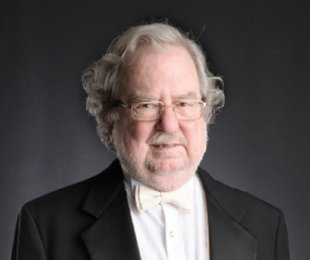A critical process in the immune response involves presentation of antigens to T cells by antigen-presenting cells, two key cell types in our immune system. This process is highly regulated by molecules that stimulate the response to ensure our immune system mounts a sufficient immune response, especially in the event of invasion by pathogens, but also by molecules that inhibit the process to ensure the response is not excessive. Indeed, there is now a family of proteins on T cells involved in this regulatory process, which is designated the “CD28 receptor family” co-receptors, as CD28 is the first protein identified to have such function. They are divided into co-receptors transmitting stimulatory signals and co-receptors transmitting inhibitory signals. Each of these has its counterpart (ligand) on antigen-presenting cells belonging to the “B7 family”. Two most prominent inhibitory receptors on T cells are called CTLA-4 (cytotoxic T lymphocyte antigen-4, as it is first identified on cytotoxic T lymphocytes) and PD-1 (program death-1, as it is first identified to be associated with a type of cell death process called programmed cell death). Their ligands are designated as B7-1/B7-2 and PD-L1/PD-L2, respectively. These are also referred to as immune checkpoint receptors and ligands.
Our immune system is not perfect and at times, the regulatory mechanisms might be faulty, which in fact may be the basis of a variety of diseases. For example, autoimmune diseases may be related to the suppressive mechanism becoming weak and the individuals can mount excessive immune responses even to their own cells and tissues. Also, our immune system is capable of recognizing cancer cells and attacking them, in a process called immune surveillance. However, cancer cells are also equipped with machineries to evade the host anti-tumor activity, which is described as immune escape. For example, cancer cells can also express B7 family ligands on their surfaces and, by engaging the co-receptors transmitting inhibitory signals on T cells, they can inhibit the host anti-tumor T cell activity. By recognizing how cancer cells escape the immune surveillance, scientists have developed novel approaches to interfere with the ability of cancer cells to suppress the immune response, thus enhancing the ability of the host immune system to inhibit cancer cell growth.
Dr. James Allison, Chairman, Department of Immunology and Executive Director, Immunotherapy Platform at the University of Texas, MD Anderson Cancer Center, is one of two scientists to identify CTLA-4 as an inhibitory receptor on T-cells in 1995 and was the first to recognize it as a potential target for cancer therapy. His team then developed an antibody that blocks CTLA-4 activity and showed in 1996 that this antibody is able to help reject several different types of tumors in mouse models. This subsequently led to development of a monoclonal antibody drug, which has undergone clinical trials against stage 4 melanoma and been approved for treatment of melanoma by the U.S. FDA in 2011.
Dr. Tasuku Honjo, Professor, Department of Immunology and Genomic Medicine, Kyoto University, discovered PD-1 in 1992. His group subsequently established that PD-1 is an inhibitor regulator of the T cell response. Additional studies from his and other laboratories established that this protein plays a critical role in the regulation of tumor immunity and stimulated many groups to generate its blocker for the treatment of cancer. Antibodies against PD-1 have been approved by the U.S. FDA as an investigational new drug and developed for the treatment of cancer. One such antibody produced complete or partial responses in non-small-cell lung cancer, melanoma, and renal-cell cancer in clinical trials, and is predicted to be launched in 2015 for treatment of non-small cell lung cancer; this has been stated by some as having the potential to “change the landscape” of the treatment for lung cancer. Another antibody, shown to achieve a substantial response rate also in patients with non-small cell lung cancer, is currently in clinical trial for many types of cancers. In addition, combination therapy (anti-CTLA-4 plus anti-PD-1) has been shown to dramatically improve the long-term survival rates in cancer patients.
This is an exciting time in our fight against cancer. The discoveries by Dr. Allison and Dr. Honjo have spurred additional development of therapeutic approaches along the line of immunotherapy and brought new hope that many types of cancers can be cured.
In addition, dysregulation in immune checkpoint pathways may be intimately involved in other illnesses, such as allergy, infectious diseases, and autoimmune diseases. Thus, the approach of targeting immune stimulatory and inhibitory molecules also promises to lead to the development of new therapies for these diseases. Dr. Allison’s and Dr. Honjo’s discoveries have opened a new therapeutic era in medicine.


